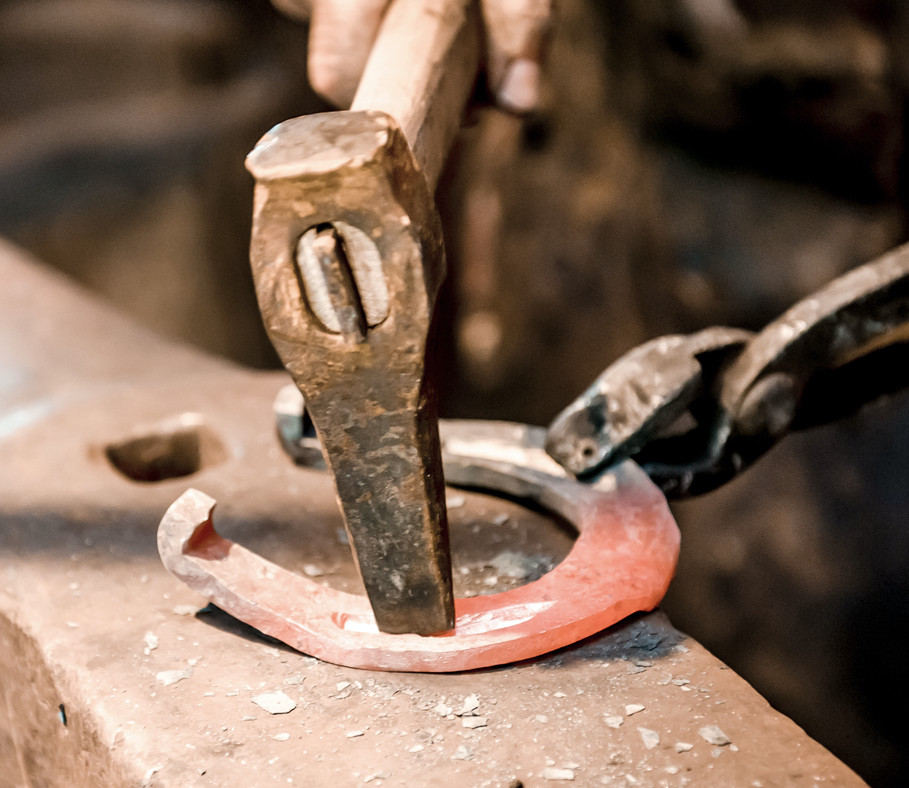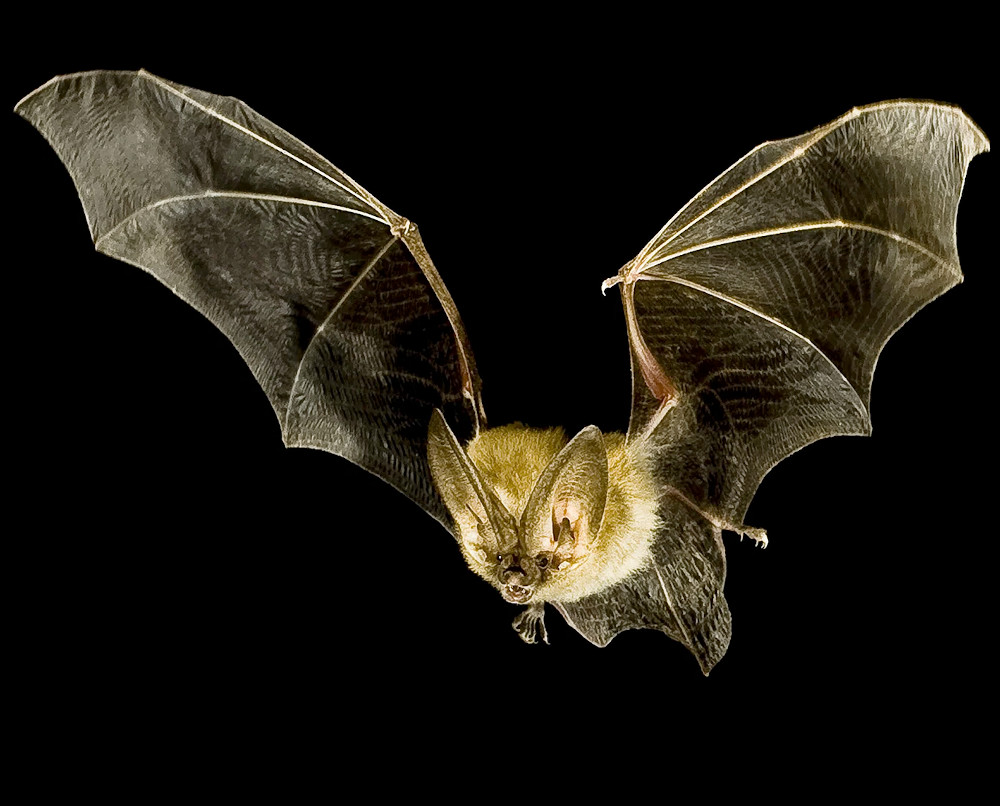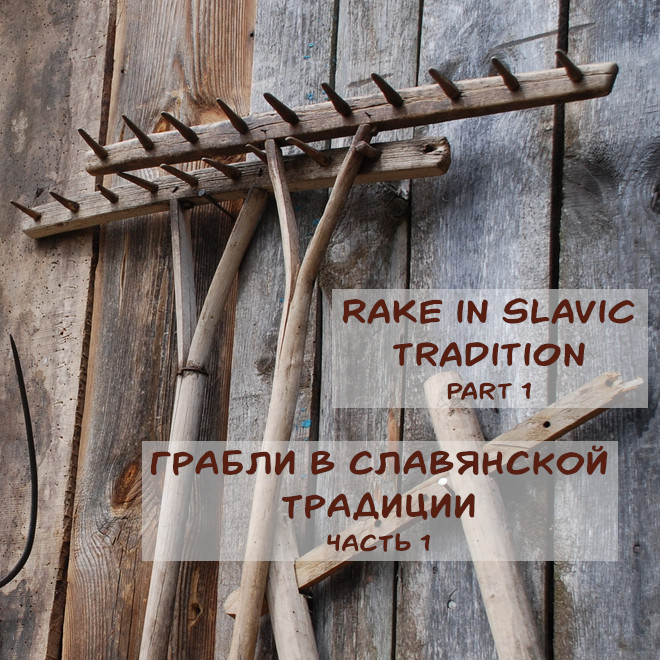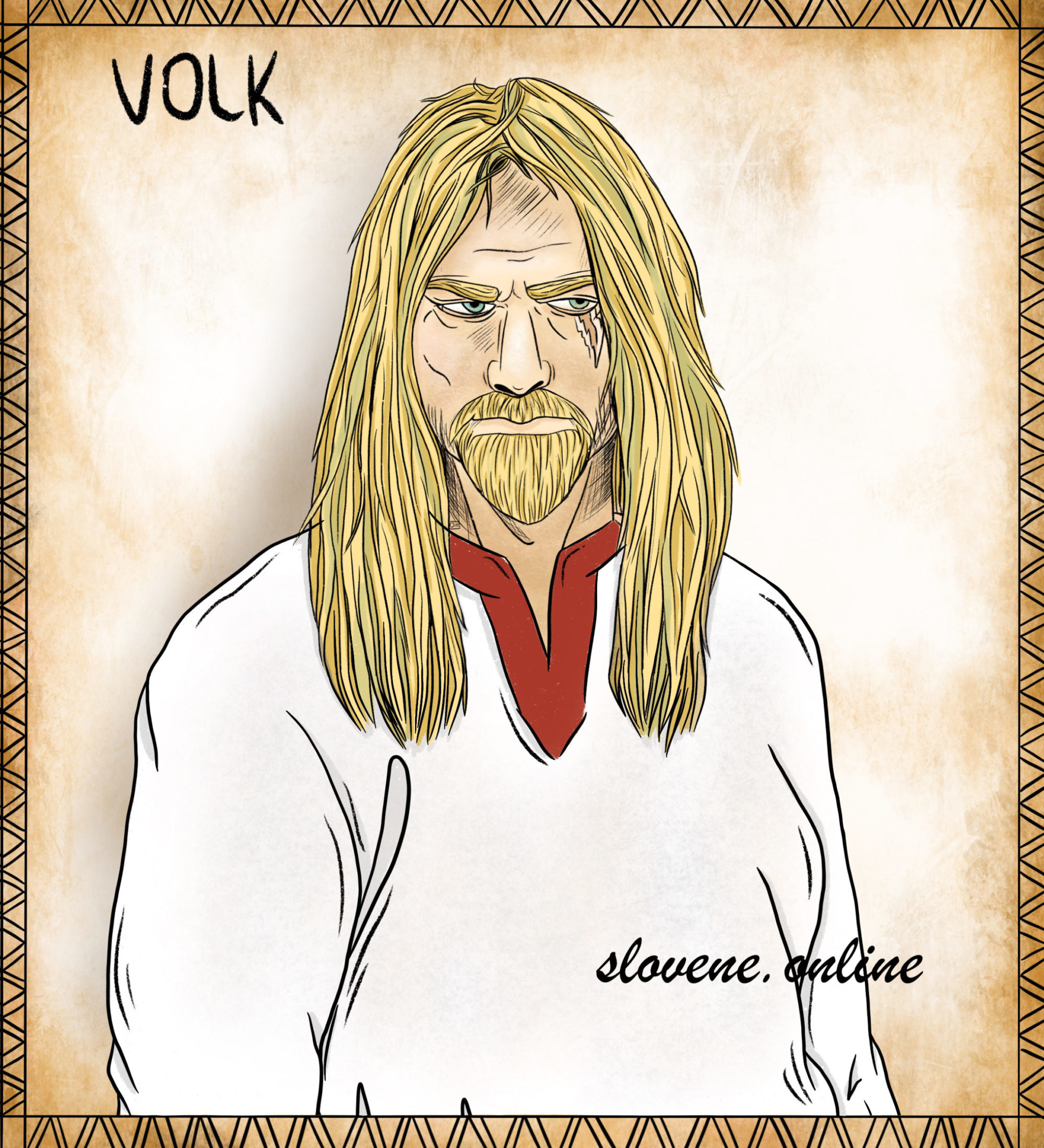Bulgarians in Thrace, during the “wolf days”, used to toss horseshoe into the fire so that the “wolf’s mouth would burn”. Housewives in Poland and Western Belarus used to heat a horseshoe on fire until it was red-hot, and then poured milk from a “spoiled” cow on it. Or they could throw the red-hot horseshoe into a milk pan in order to return the milk “stolen” by the witch to the cow and to punish that witch. They believed that the witch would come running to this house and try to steal something – if she did not succeed, she would die. In the Carpathian region of Ukraine, people believed that in order to free a witch from the power of evil spirits, one should nail a horseshoe to her bare foot.
ꏍ
Among the Bosnian Muslims, women, to cure infertility, girded themselves with an iron hoop, which was forged by a blacksmith at midnight from the horseshoe of a dead horse.
ꏍ
Sometimes, a horseshoe was used as a sacrifice. In Bulgaria, if a person got sick in some area, a horseshoe was left to the mythological owner of this place to “shoe his horse”. And in Serbia, a horseshoe and a nail were presented as a gift to the mythological creature Vileniak (half-human and half-vila with special powers over nature).
ꏍ
What other rituals with a horseshoe do you know?
ꏍ
More interesting facts can be found in: “Slavic Antiquities” encyclopedia by Institute for Slavic Studies of the Russian Academy of Sciences.
ꏍ
Horseshoe in Slavic tradition
Horseshoe in Slavic tradition served as a talisman both for people and house animals. It protected home from the evil eye and spirits, did not allow witches and sorcerers to “steal” milk from cows. And diseases, as the eastern and southern Slavs believed, were “captured” by the horseshoe and were not able enter the house.
ꏍ
In Russia, Serbia and Belarus, a horseshoe placed on the border of the home space was also believed to have a fertility/ producing power. It was perceived as an amulet capable of bringing good luck, happiness, fertility for people and animals, good cattle milk yield. In Polesie region, horseshoe was also used in love magic. 💕
ꏍ
Such properties of the horseshoe are due to the ability of iron to ward off evil spirits, as well as the method of crafting it (the blacksmith, forging the horseshoe, beats it with a hammer) and the fact that it was associated with a horse that trampled the horseshoe with its feet.
ꏍ
What properties do you think a horseshoe from a gift shop has?
ꏍ
To be continued…
ꏍ
Feather in Slavic tradition
Feather in Slavic tradition: from black magic to amulet for happiness.
ꏍ
Ancient Slavs associated feathers not only with birds, but also with some demonic creatures. According to southern Slavic beliefs, a demon man with feathers on his body was born once in a while as a protector of the countryside. Bulgarians believed that Vilas had feathers on their dresses. The spirit of wealth Mamnik (or Mamyak) was believed to have a form of a feathered black chick, who was hatched from an egg under the dress of a witch. By throwing his feather into a neighbor’s barn, the witch could “steal” milk from other people’s cows.
ꏍ
A disgruntled Domovoi could pluck feathers on the head of chickens. To avoid this, a talisman called “Chicken God” was hung in the henhouse. And if a cunning chicken seller in Poland snatched three feathers from under her wing and quietly casted the incantation: “Tobie mięso a mnie pierze” [Your meat, and my feathers], then the chicken would stop laying eggs.
ꏍ
Feathers were also used in wedding ceremonies. Ukrainians decorated the bride’s wreath with long feathers. In Poland, a young couple were gifted with a feather. The oven was swept with feathers before baking a loaf. And the bride during the wedding held a feather in a stocking for good luck.
ꏍ
Do you pick up bird feathers? How do you use them?
ꏍ
To be continued….
ꏍ
Bat in the Slavic tradition
The bat among the ancient Slavs was closely associated with evil spirits. Lusatian Sorbs believed it was a vampire, and the Poles – a flying evil spirit or the soul of a sleeping witch. Poles also believed that witches could take tree leaves under their armpits and turn them into bats. The Belarusians thought that a walking dead sorcerer appeared in the form of a bat. In Russia, the bat was often called Kikimora, and it was a bad omen if it flew inside a house.
ꏍ
However, due to blindness, the bat sometimes served as a talisman against the evil eye. For this, Bulgarians and Macedonians sewed the wing, head or skin of an animal into their clothes. The Poles hung bat up in the stable to guard their horses from the evil eye or nailed it to the door as protection from witches. The same way, Lusatian Sorbs protected themselves from illness and misfortune.
ꏍ
But before making a talisman out of a bat, how, I wonder, was it caught? 😉
ꏍ
To be continued…
ꏍ
Rake in Slavic tradition – part 1
It would seem that everyone knows the purpose of the rake, but the ancient Slavs used them not only to collect hay and leaves, but also in protective rituals.
ꏍ
Slovenes used them as defense against thunderstorms: they threw a rake under the roof with the teeth upward in order to “cut” the cloud. Serbs performed interesting rituals with a rake to defend livestock from snakes and witches – women rowed near cattle barns and said: “I rake in my own, not someone else’s”.
ꏍ
To protect cattle from evil curses, Slavs would put hot charcoal on the ground, cover it with an iron baking sheet and then “row” over it with a rake. In the process, they would say three times: “As this coal cracks, so let her (a witch), who is going to curse the cattle at night, to crack from torment; as I row on this baking sheet, so let the devils torture her in hell. ” Then the coal was taken out, mixed with ashes or flour, and scattered around the barn with the words: “After she has collected all the ashes, only then she will harm my cattle.” However, witches also had their own “counter-rituals” to resist such “measures” – for example, by drawing a magic circle around the cattle with a rake…
ꏍ
To be continued…
ꏍ

